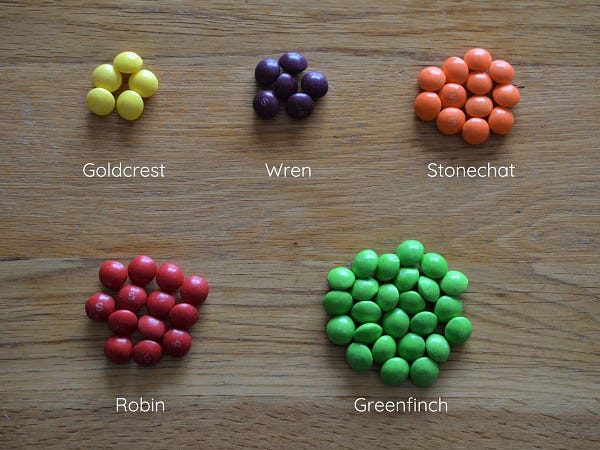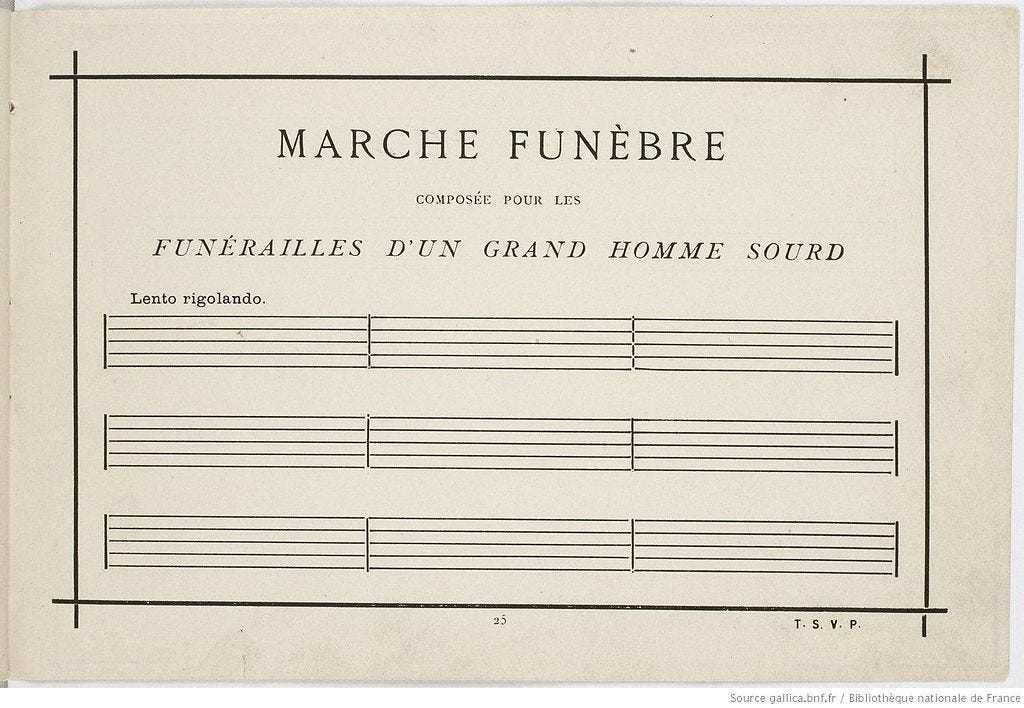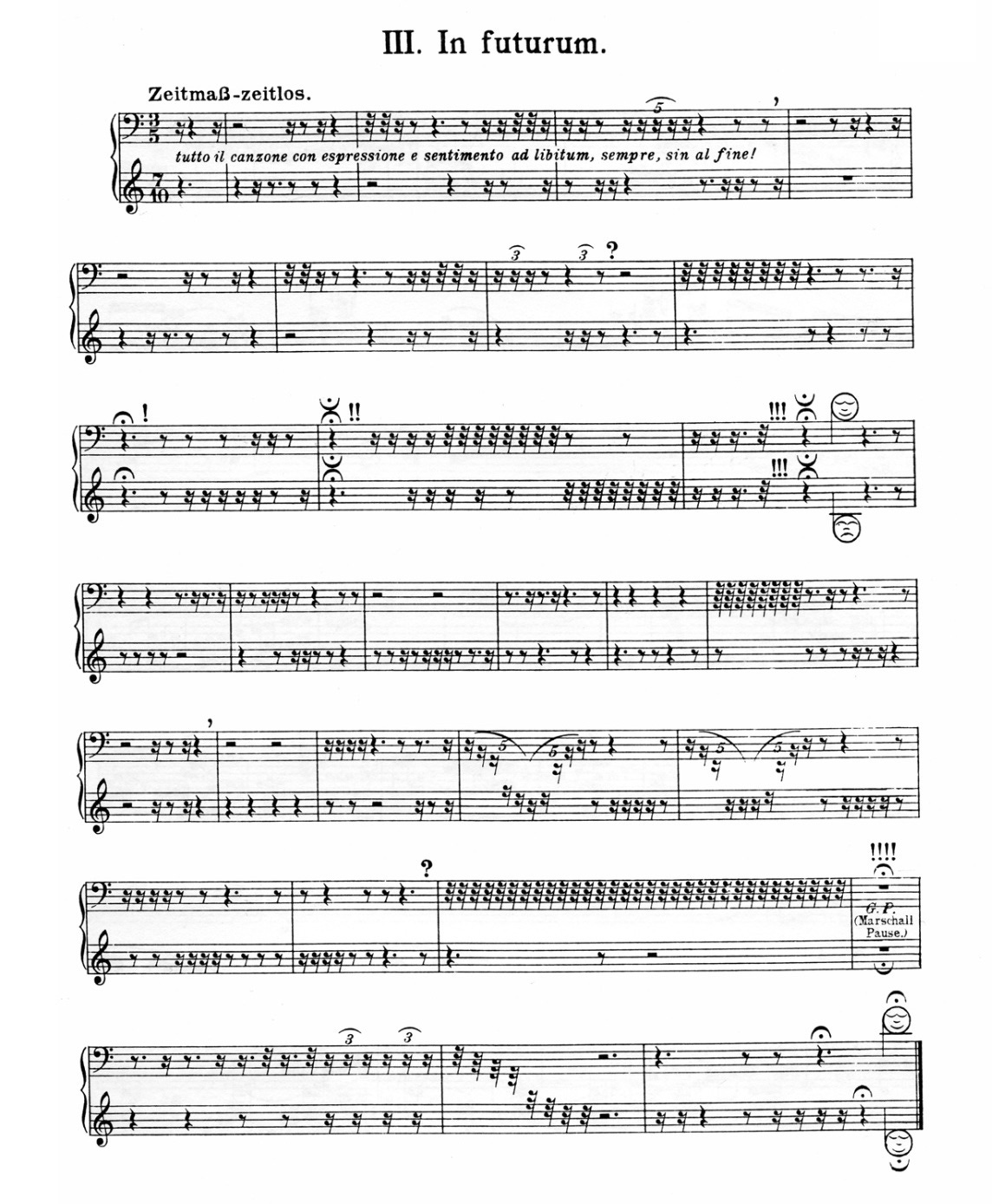Six Things – Volume 9
Wild Isles | Lego | Rules | The Weight of Birds | Glass harmonica | Bryan Robson’s hamstring
Thing 1 – Wild Isles
I love a nature programme. Well, I would, wouldn’t I?
Sprawled on the sofa, pistachios and wine glass perfectly balanced on my stomach, I cheer on the splay-footed iguana as it skeeters away from the slithery grasp of a group of murderous racer snakes towards safety. There’s nothing quite like it to make you feel like a true nature lover.
I gave these high end BBC nature programmes the mildest of kickings in Into The Tangled Bank.
I applaud them for the sheer dedication and skill required to capture these images, for bringing the astonishing richness of the natural world so vividly into my Sunday evening; I also worry that, while entertaining and educating us, they unconsciously raise our expectations. Nature, in our daily experience of it, will never be this cinematic. And while it’s important and amazing to be shown the glories and grandeur of natural phenomena of all kinds from all over the world, there’s a danger that the definition of ‘nature-lover’ becomes ‘one who loves nature programmes’. No matter how immersive and gripping these programmes are, they’re no substitute for getting out into the pissing rain in the vain expectation that the drab mudflat before you will yield something more dramatic than a distant and bedraggled shelduck.
Now I read it again, this feels a bit unfair. I could have made it clearer that my complaint isn’t about the programmes themselves (although I do have reservations about the use of thrilling filmic music to underpin so much of it, which is perhaps old-fashioned of me). If I have a problem, it’s with our reaction to them. The programme makers want to do nothing more than share their passion for wildlife, and they are spectacularly good at it, using extraordinary skill and inventiveness to bring the wonders of the natural world to our screens.
There we sit, transfixed. Wow, we say. Cor. Crikey. And then we return to our normal lives. Do we take with us an increased desire to do something for the natural world? Or is it just Sunday evening entertainment?
I was privileged to see a preview of the BBC’s latest offering last night. Wild Isles has all the extraordinary production values we’ve come to expect from these flagship BBC nature programmes. There is camerawork of almost unbelievable vividness. There is a variety of species, running the gamut from majestic (the glorious violence of rutting deer) to icky (you might want to avert your gaze from the passage featuring leeches and toadlets). And there is, of course – at one point almost unbearably movingly – David Attenborough.
But this time the action isn’t from a far-off part of the world few people will ever visit. It’s right here in Britain. And while some of the clips (orca off Shetland, for example) will feel as remote to many as Antarctica, the overall message is clear: this is here, this is available, and this is ours.
One of the problems facing the makers of programmes like this is finding the balance between education and lecturing. You want to enthuse and inspire, while at the same time making it clear that the situation for much of the natural world is somewhere between hmmph and AAAGGGHHH.
From what I saw last night, both in the screened excerpts and the accompanying presentations by the producers of each episode, Wild Isles gets it right. Here is an amazing thing, it says. It’s right here, on your doorstep. Please care about it. And please help save it.
It’ll be on BBC1 at 7pm every Sunday for five weeks, starting on March 12th.
Thing 2 – Lego
When you can’t do something, its arcane secrets seem miraculous. And you want to ask the person doing it “how on earth do you do that?” Boringly, the answer is usually “I’ve spent a very long time thinking about how to do it and an equally long time practising doing it.” So it’s probably best not to ask the question.
Anyway, this video, made by people who have clearly spent a long time thinking about how to represent mechanical principles with otherwise useless Lego machines and then an equally long time building otherwise useless Lego machines that represent mechanical principles, combines playfulness with a healthy dose of actually useful and interesting information, and had me – an engineering ignoramus with a strange fascination for such things – in its grip throughout.
Thing 3 – Rules
John Cage’s place in the public consciousness is based largely on his much misunderstood composition 4’33”.
As Cage said of the premiere:
“They missed the point. There's no such thing as silence. What they thought was silence, because they didn't know how to listen, was full of accidental sounds. You could hear the wind stirring outside during the first movement. During the second, raindrops began pattering the roof, and during the third the people themselves made all kinds of interesting sounds as they talked or walked out.”
Cage was an interesting person altogether, and it’s quite a shame that his most famous (and according to him, most important) piece is often regarded as a gimmick.
I should mention at this point that while Cage was responsible for many truly original ideas, he wasn’t the first person to deal with the music of silence. Both Alphonse Allais (in 1897) and Erwin Schulhoff (in 1919) had anticipated Cage’s coup de théâtre. A nice touch in Allais’ composition is that he chose to dictate the speed of the silence. The tempo marking Lento rigolando is a French/Italian hybrid of the composer’s invention, meaning “slowly, laughing”.
Meanwhile, Schulhoff’s notation of every single rest shows the meticulousness of thought that goes into any serious composition. It might also be the first recorded use of emoji in musical notation.
Incidentally, Cage’s reputation might hang on 4’33" and other avant garde compositions, but his love of mycology also stands alongside Nabokov’s love of butterflies in the niche category “Nature-based Enthusiasms of Great 20th-century Artists”.
And – and this is where I finally get to the point – he was also a lecturer and teacher. Here are his Ten Rules for Students and Teachers. I particularly like “there is only make”.
Thing 4 – The Weight of Birds
I’ve long had a fondness for the habit, common in birding circles, of describing the weight of birds in terms of common coinage. The one I most regularly encounter is ‘a goldcrest weighs the same as a 20p piece’. Extrapolating from this, I once calculated that a white stork weighs the same as 474 pound coins or 4,639 £10 notes, which, while accurate, is just a tidge cumbersome. But now we have a new method, and it is, frankly, unbeatable, combining accuracy with deliciousness.


Thing 5 – Glass harmonica
A lovely thing, this. The lost art of playing glass.
Thing 6 – Bryan Robson’s Hamstring
After last week’s magnificent rugby commentary, (“I can’t spake! I can’t spake!”) here is a fun montage of footballing ailments. Poor Bryan Robson.








Last week during the aurora furore on Twitter I got really emotional thinking about all the people who thought they'd never see them and now they have. We went and stood in a field close by a mere and all we noticed was a faint green tinge. But on the way back to the car a barn owl flew past and looked me full in the face. I will remember this forever despite the fact that it's not necessarily a once in a lifetime thing when you live near the countryside. The aurora is so BIG I can't get my head around it. Owls I can. I suspect the same applies to more exciting animals.
Lots of great stuff here Lev. I could happily eat several greenfinches a day, and your thoughts on televised wildlife match mine exactly. And those little machines...!